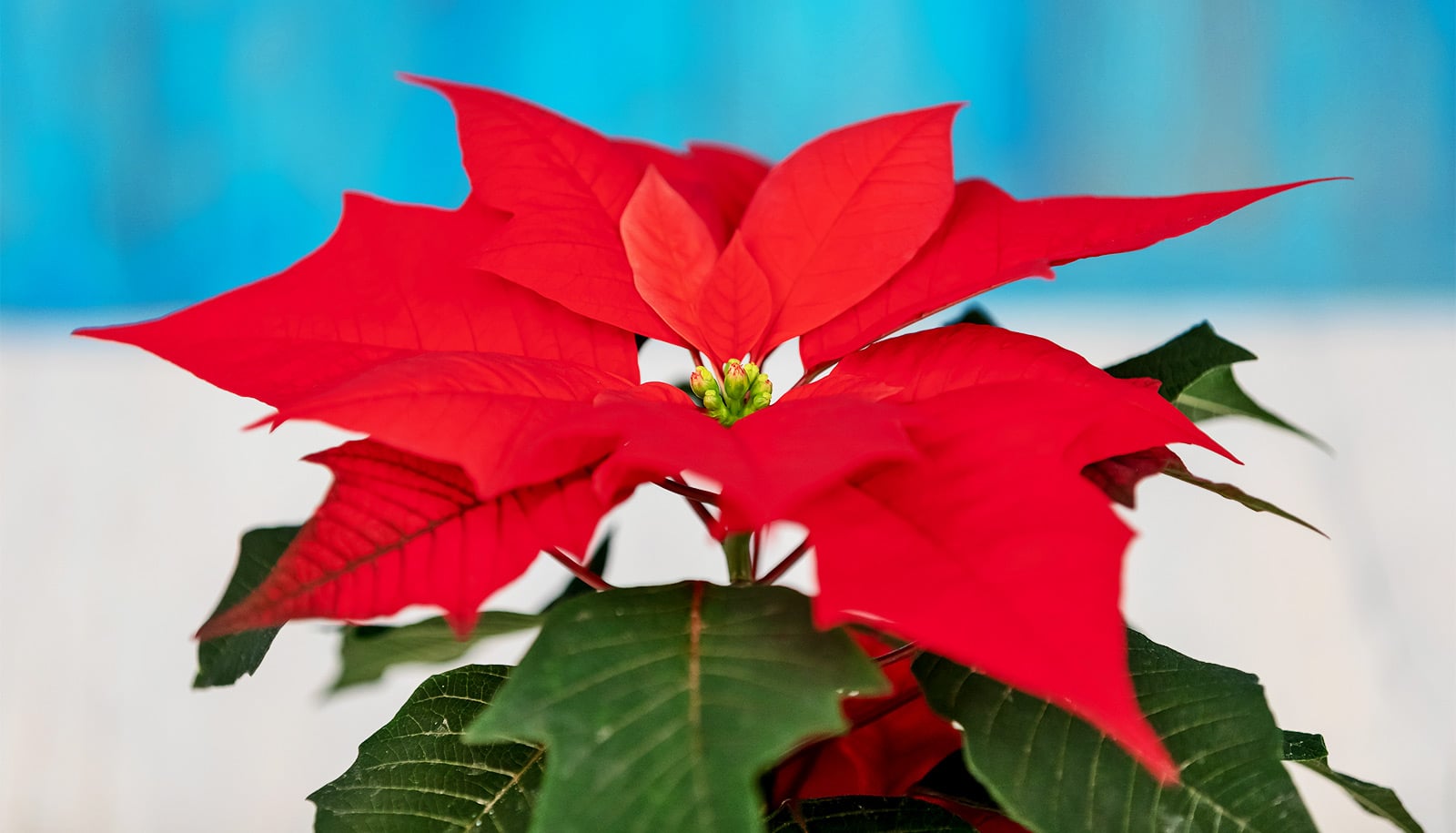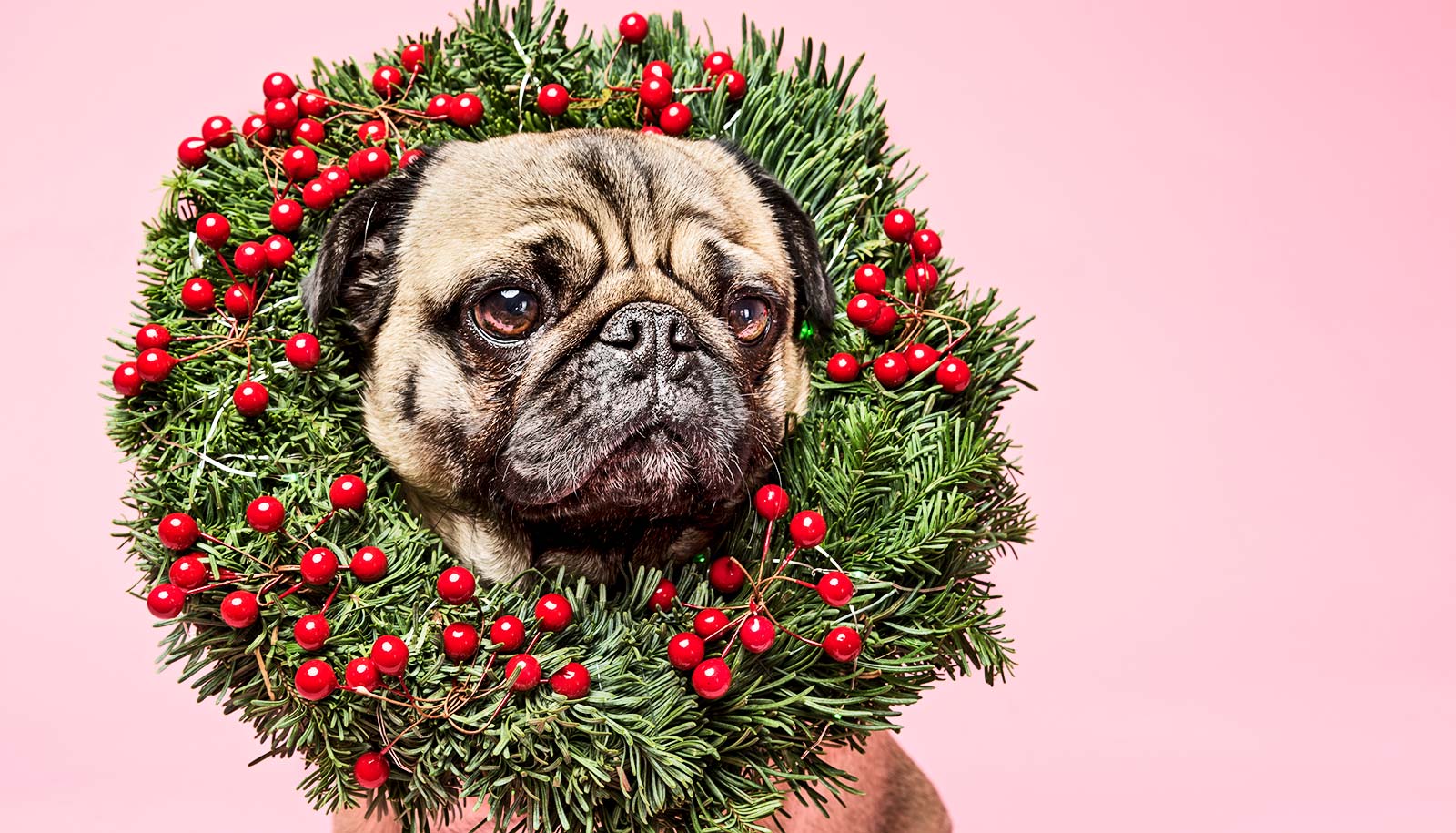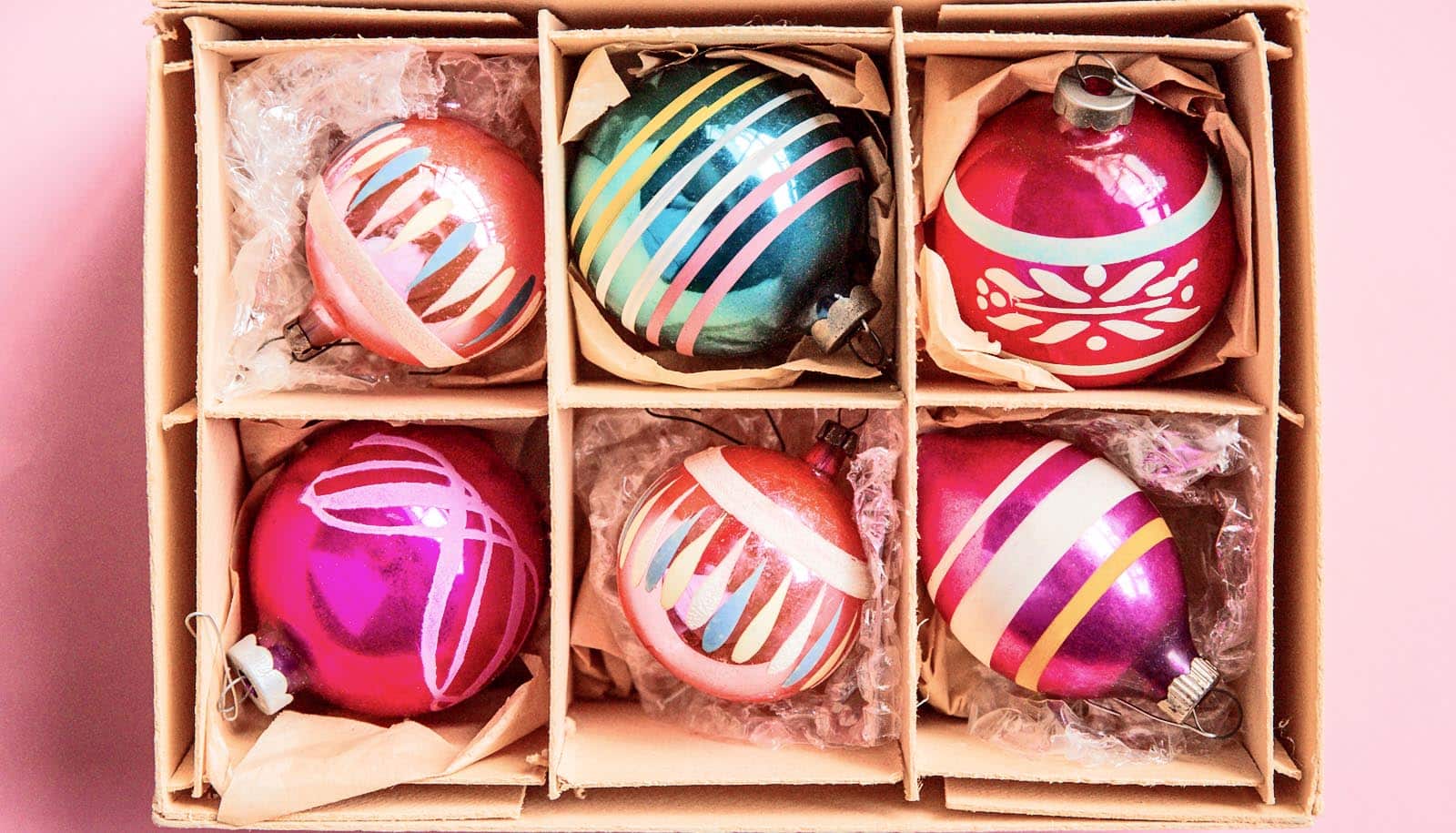Poinsettias are a holiday season staple and there are a few things you can do as a consumer to make your purchase last to the New Year.
Andrew King, Texas A&M AgriLife Research ornamental specialist and assistant professor in the Texas A&M horticultural sciences department, says nurseries and retail stores will soon be fully stocked with poinsettias.
While many may assume the colorful portions of the plant are flower petals, they really are modified leaves known as bracts.
King says there are several bract color options to choose from, including the classic crimson red, cream, and white as well as pinks, yellows, and marble. Retailers also offer “hand-painted” poinsettias in colors like purple and blue.
“Poinsettias are a classic ornamental plant,” he says. “Choosing the right plant and a little care will ensure your plant retains its decorative aesthetics through the holidays. You can even keep your poinsettias, which are perennial ornamentals, for display in holidays to come.”
Pick the right poinsettia
Be picky when it comes to poinsettias. Look for signs that plants are healthy and vigorous and have been cared for properly, King says. If the poinsettia’s shape is nice and full and doesn’t show any signs of decline, such as wilted leaves or brown lesions on the bracts, it is likely a good pick.
Poinsettias can be relatively unforgiving, and plants that look like they may be in decline may not recover once you get them home.
“If you see any wilting or droop in its structure, leave it,” he says. “You want a poinsettia with volume, a good shape and healthy bracts. Beyond that, the only thing that matters is that it looks good to you.”
Buy early for longer display
King says it’s likely that most poinsettias, especially those available beyond Thanksgiving, will be in full color. Again, look for signs of plant vigor, including brilliant color.
But buying early plants—ones that have not fully colored up—is one way to display them and extend the attractive life of a poinsettia.
“It’s about when you want to buy,” he says. “A lot of retailers won’t put out a poinsettia that isn’t fully colored, but if you see earlier plants that aren’t fully colored up yet, that is fine because the bracts will continue to change.”
Be careful getting poinsettias home
Poinsettias are relatively delicate plants so make sure you get them home in as good a shape as they were on display. Stems can be damaged, so be mindful of where you place them for the ride home.
King says nurseries will typically have protective sleeves to place around plants as a safeguard. If not, place them in the car where they remain upright, stable and not crushed by any objects.
Water with care
Poinsettias don’t like either extreme when it comes to water. Too little water can lead to irreversible wilting. And too much water can prevent the plant’s roots from taking in oxygen from the soil. So, it’s important to make sure the soil is draining well.
Give your plant the fingertip test to tell when to water. Stick your finger into the soil, and only water your plant when you feel the soil surface is dry.
King also says to remove any decorative foil from the container when you water the plant and ensure that the soil is finished draining if you replace the foil. That foil could prevent drainage, pool water, and drown the plant.
Not too hot, not too cold
Poinsettias don’t like extreme temperatures either. High temperatures—above 80 degrees—can negatively affect their color and aesthetic performance. Low temperatures—below 50 degrees—can also lead to aesthetic decline.
A frost can kill branches and eventually the plant. So, bring them inside when it’s too hot or too cold.
Sunlight is good
Poinsettias also like sunlight. A fully colored poinsettia needs about six to eight hours of light each day. Place them next to a bright window or out on the porch if the temperatures aren’t too hot or cool.
Keeping your poinsettia
Poinsettias are a tropical perennial, so you don’t have to trash them once the holidays are over. With a little attention, they will continue coming back with color each holiday season.
The first step is to cut them back to about 6 inches and repot them into the next largest-sized container, King says. Give them a dose of slow-release fertilizer or liquid fertilizer as the manufacturer recommends and water them as needed throughout the year.
You’ll want to continue pinching the plant back to promote stem growth that will give you a nice round, voluminous plant once they flower. Poinsettias tend to grow tall and spindly when they aren’t cut back.
They can be placed outside during the summer but keep them in a shady area and bring them inside if temperatures dip below 50 degrees.
In the fall, around mid-September to early October, poinsettias need complete darkness between sundown and sunrise for them to flower. Any light can negatively affect the flowering process, so keep them in a dark closet that isn’t opened and closed during those nighttime hours. Once the plant has developed the color you like, you can stop this light exclusion.
Repeat this process each year, repotting the plant into a successively larger container. Once you have transplanted it into the largest container that is convenient, you can still keep the plant healthy by “repotting” the plant into the same container. This includes shaving the roots around the edges and bottom of the root ball and adding fresh potting mix. Cutting back the roots stimulates new growth.
Poinsettias and pets
Despite what the internet may say around the holidays about poinsettias poisoning pets, King says they pose a minimal threat to humans or pets beyond a possible stomachache if consumed. Some people have allergic reactions to the milky sap they produce, so be mindful of them around those with allergy sensitivities. But keeping them out of the reach of children and pets is always a good idea.
Source: Katharine Cook for Texas A&M University



